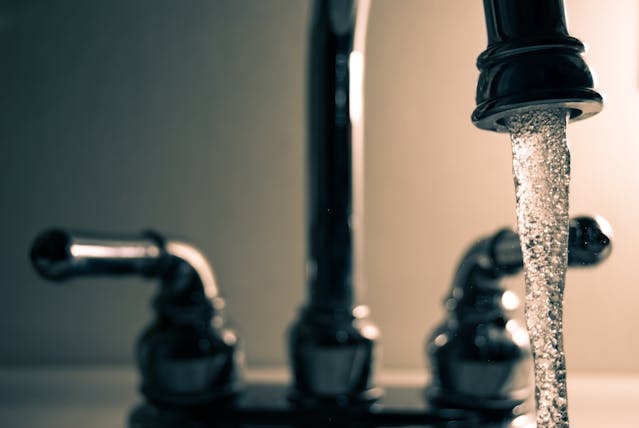
Water is something every home needs to function effectively. After all, without a fresh supply of water to your home, even the most basic tasks such as showering and flushing the toilet would be challenging. Using a faucet to access fresh, running water is often taken for granted. However, when a water-related issue strikes your home, the consequences can be extremely serious. Water is powerful, and the damage it creates can easily cause your property some major issues. This makes it essential to understand how best to protect your home from water damage. Below, you’ll find some helpful tips to keep your home protected.
Look Out for Signs of Mold
Finding mold in your home is always an unpleasant discovery. Mold not only looks unattractive, but can also create a damp smell in your home. Most importantly, mold is also potentially harmful to your health. Breathing in mold spores is linked to a range of different health issues. So, if you spot mold growing in your home, it’s essential you take action to get it resolved quickly.
Mold is a common problem, but the likelihood of it developing is even greater if your home has water damage. The best way to eliminate mold completely and to make your home a healthy place to live is to call in a water damage restoration company to eliminate the problem for you. Leaving mold removal to the professionals will provide you with reassurance that your home is safe and healthy for you and your family.
Check Your Gutters and Downpipes
Having mold professionally removed is important. However, dealing with the root cause of your mold issue is vital. Mold formation in homes can easily be caused by leaky gutters and downpipes. Guttering that is clogged with debris and downpipes that are pulling away from the wall can cause rainwater to run down the side of your house and pool at ground level rather than chaneling it away into a drain. Having water persistently dripping down the side of your home and collecting on the ground can cause moisture to penetrate through your walls and cause mold to develop inside your home.
Keeping up with household maintenance tasks throughout the year is an excellent way to prevent water damage inside your home. Regularly inspecting your gutters and downpipes to ensure they’re not pulling away from your house is essential. Keeping your gutters clear by cleaning out debris, such as removing fallen leaves and twigs from your gutters can help prevent them becoming blocked and weighed down.
Be on the Lookout for Leaks
Discovering a small leak in your home can quickly become a big problem if you don’t get it dealt with fast. Many leaks in the home start off as small drips, but when left, the leaks can quickly become a lot worse. Even leaving a small leak dripping for a long period of time can eventually cause issues in your home. Mold formation, rotten floorboards, and damp patches are just a few of the signs of water damage that you will need to deal with if you ignore drips and leaks.
Inspecting pipes and being on the lookout for signs of leaks in your home is the best way to prevent water damage striking your property. Checking your water consumption is also helpful. If you notice a dramatic spike in the amount of water you’re using, a leak is the likely cause. You should never ignore a leak and hope that it resolves itself as it’s far more likely to get worse rather than better, and will eventually cause even more water damage to your home.
Inspect Your Roof
One final way to help protect your property from water damage is to inspect your roof. Shingles that are cracked or loose can easily cause water to enter your house. These roofing issues can be caused by either shingles deteriorating due to their age, or from extreme weather conditions causing damage to them.
Signs of water damage caused by roofs include discolored marks and patches on the ceilings of upstairs rooms in your home. This is often caused by rainwater coming into your loft through gaps in the shingle. To prevent your home experiencing this kind of water damage it’s wise to get your roof professionally inspected every once in a while, and to look out for signs of damaged or missing roof shingles after periods of strong winds and stormy weather.
Water damage can devastate your home, but it is often preventable.



